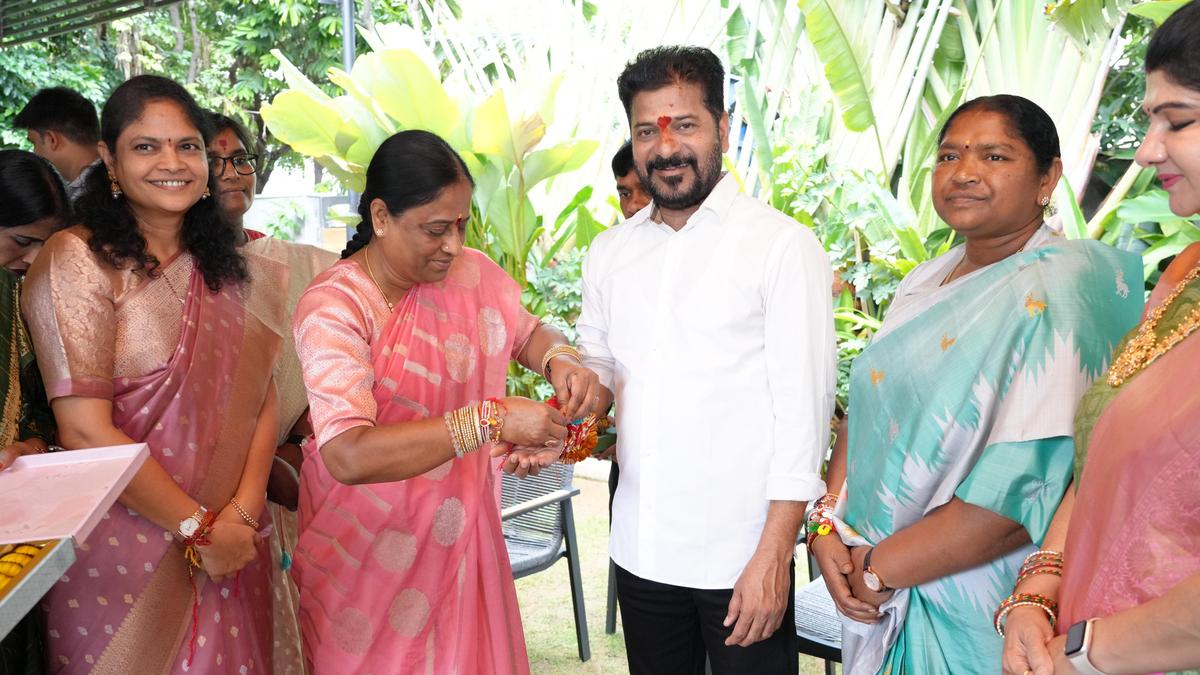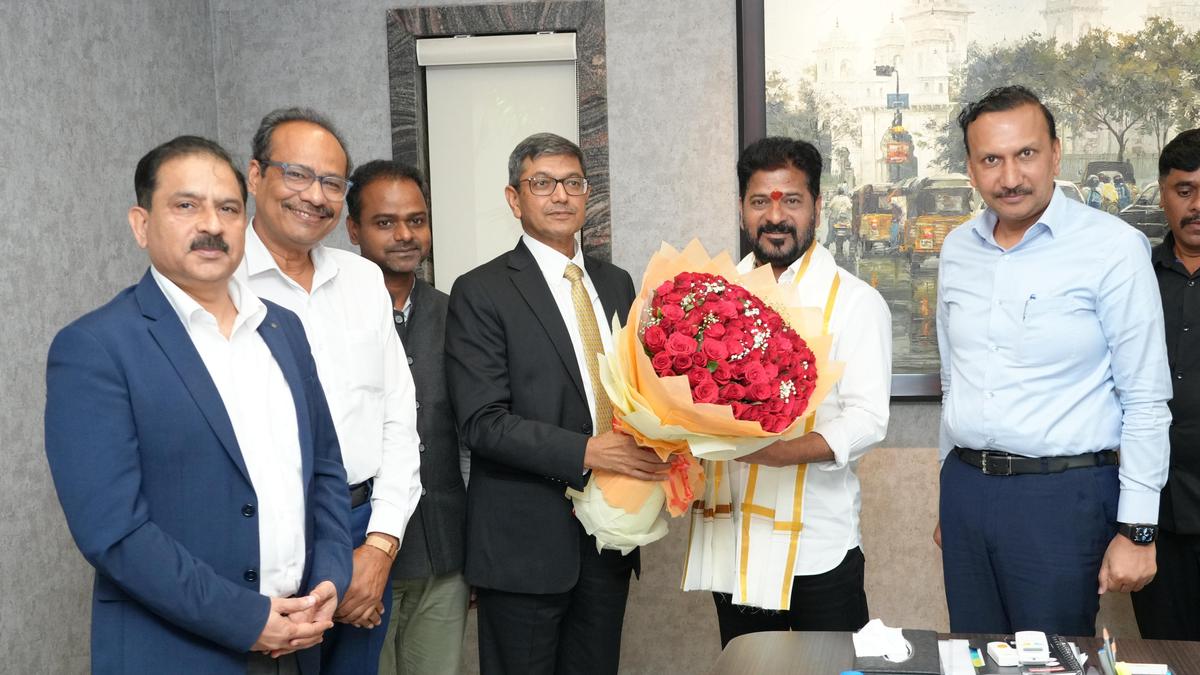After nearly eight years of anticipation and multiple delays, the much-awaited Yellow Line of Namma Metro, from R.V. Road to Bommasandra, will finally be inaugurated by Prime Minister Narendra Modi on Sunday. The 19.15-km corridor is expected to transform commuting in the city’s tech corridor, particularly benefiting lakhs of employees working in Electronic City and helping decongest traffic at the infamous Silk Board junction.
Originally envisioned in the 2011 Detailed Project Report (DPR) prepared by the Delhi Metro Rail Corporation (DMRC), construction of the Yellow Line began in 2017. It was initially scheduled for completion by December 2021, but the project was plagued by a series of setbacks including delays in land acquisition, the COVID-19 pandemic, and hold-ups in rolling stock supply from the Chinese manufacturer CRRC Nanjing.
Built at a cost of ₹7,610 crore, the Yellow Line adds 16 stations to the city’s metro network, expanding the total operational length of Namma Metro to 96 km. The line is fully elevated and features Bengaluru’s first driverless trains, although according to Bangalore Metro Rail Corporation Limited (BMRCL) officials, they will initially operate with loco pilots for safety and familiarity. This metro line is integrated with the city’s first double-decker flyover, located between Silk Board Junction and Ragigudda Metro Station.
“Once all trains are delivered and fully inducted, the line is expected to carry over 2.5 lakh passengers daily,” an official said.
The line also features crucial interchanges at R.V. Road (Green Line), Jayadeva Hospital (Pink Line), and Central Silk Board (Blue Line—Phases 2A & 2B). Jayadeva Interchange Station, touted as the city’s largest and only double-elevated interchange metro station, is a four-tier structure with 12 entrances and lifts in all zones.
Serving the tech corridor
The Yellow Line connects major IT hubs including Infosys, Wipro, Biocon, Tech Mahindra, and Delta Electronics. The line ends at Bommasandra, adjacent to Delta Electronics, and passes through areas like BTM Layout, Kudlu Gate, Electronic City, and Hebbagodi easing travel for thousands of tech workers and reducing dependency on their own vehicles.
Officials said that with only three driverless trains currently available, initial services will operate every 25 minutes.
Titagarh Rail Systems Limited (TRSL), which partnered with CRRC Nanjing, has delivered three trains so far. “A fourth train has been dispatched and is expected to join the fleet after completing safety and operational checks by August end,” a official added.
Commuters frustrated
Full-scale operations where trains run at a higher frequency are expected only by next year, when BMRCL receives all 34 train sets.
While BMRCL initially considered opening only seven stations, all 16 stations along the Yellow Line will be made operational from day one. For a city grappling with mounting traffic congestion, especially on Hosur Road and at junctions like Silk Board and Electronic City, the new metro line offers a much-needed alternative.
However, commuters are not happy with the way the project has progressed. They say the launch appears symbolic, offering limited benefits for daily travellers due to the inadequate number of trains.
Naveen Kumar, a resident of Bommanahalli, said, “One train every 25 minutes, and we’re inaugurating it as well? This is a serious joke now. With such long gaps between trains and the expected crowd, it’s going to be a nightmare”.



.png)
.png)
.png)
















 2 hours ago
5
2 hours ago
5








 English (US) ·
English (US) ·